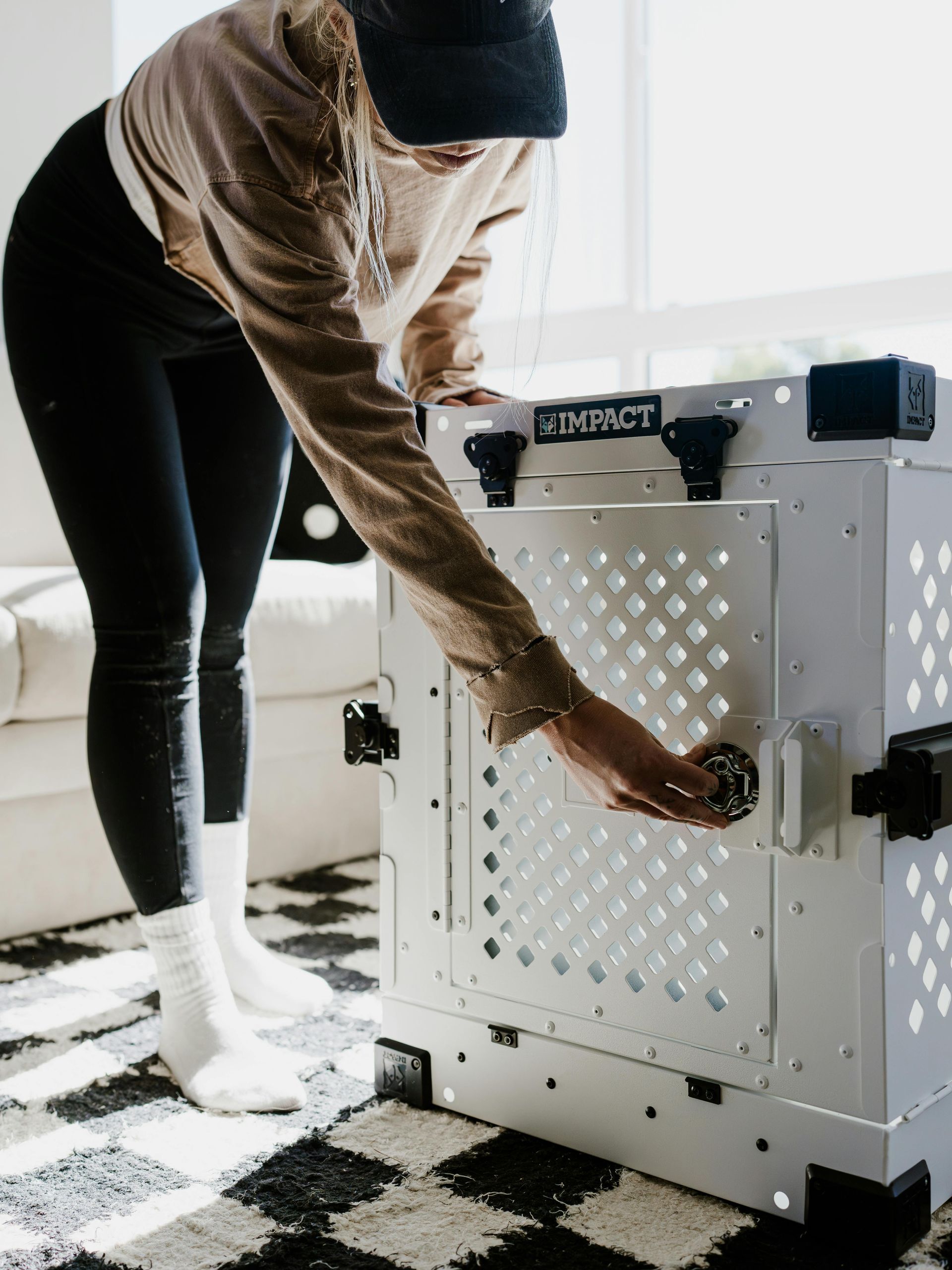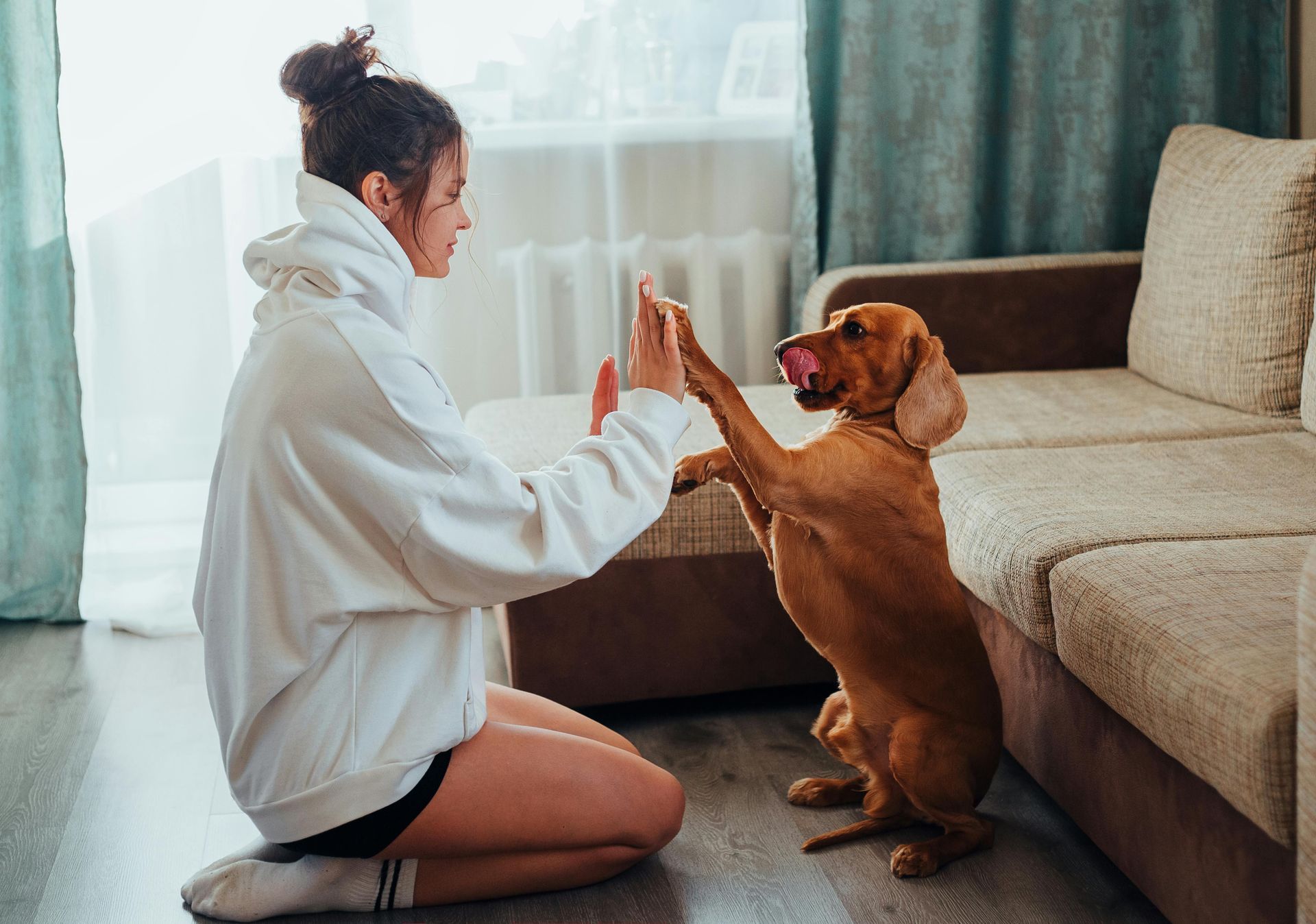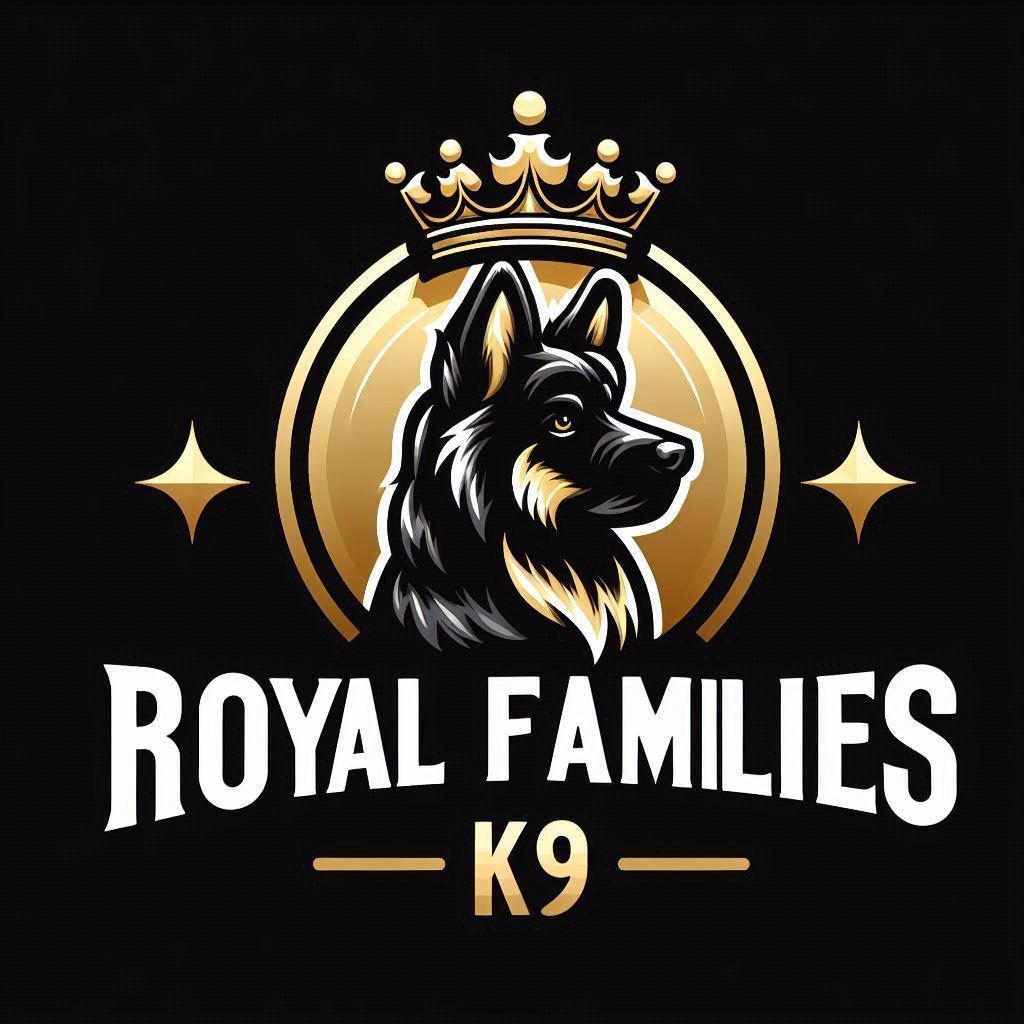Royal Library
Teaching Your Dog to Love Their Crate

Crate training is an invaluable tool for dog owners. It aids in house training, offers a safe haven for your dog, and is incredibly useful for travel. Here’s a step-by-step guide to making your dog comfortable with the crate, along with some helpful tips and different scenarios where crate training is beneficial.
Crate Training First Steps
Choosing the Right Crate
- Ensure the crate is large enough for your dog to stand up, turn around, and lie down comfortably.
- Opt for a crate that is sturdy and has good ventilation.
Introducing the Crate
- Place the crate in a common area where the family spends time.
- Encourage your dog to explore the crate by placing treats, toys, and a soft blanket inside.
- Allow your dog to go in and out of the crate freely without forcing them.
Feeding in the Crate
- Begin feeding your dog their meals near the crate, then move the food inside the crate.
- This creates a positive association between the crate and meal times.
Increasing Crate Duration: Building Up Comfort and Reliability
Once your dog shows signs of understanding what you’re asking of them, it’s time to increase the duration they spend in the crate. Here’s how to do it effectively:
Gradual Increases
- When your dog can comfortably stay in the crate for a specific duration (e.g., 10 seconds), gradually increase the time by a small amount, such as an extra 2 seconds.
- The key is to make small, manageable increments. For example, if your dog is comfortable with 10 seconds, aim for 12 seconds next time until 12 becomes their new normal.
Building Up Behavior
- Continue this process of gradual increases. Remember, patience is essential.
- You know your dog truly understands the task when you’d confidently bet money on them completing it successfully every time.
Testing Reliability
- Test your dog’s understanding by using a treat test. Place 10 treats out and give them one chance to get each treat.
- If they get 8 out of 10 or more, you can be confident that your dog understands what’s being asked of them. If they get 7 out of 10 or less, continue working at the current duration until they become more reliable with the task.
Building Confidence: Gradual Confinement and Beyond
Once your dog is familiar with their crate and feels comfortable going in and out, it’s time to start building up their confidence with more extended periods of confinement. Here's how to smoothly transition through different stages, ensuring your dog remains calm and content.
Gradual Confinement
- Start with Short Periods: Begin by closing the crate door for short periods while your dog is eating. Gradually increase the time they stay inside.
- Stay Nearby: Stay close by and gradually move away as your dog gets used to being confined. This helps them feel secure and less anxious.
Extending Crate Time
- Comfortable Eating: Once your dog is comfortable eating in the crate, start extending the time they spend inside with the door closed.
- Positive Reinforcement: Offer treats and praise to reinforce positive behavior and make the experience enjoyable.
Crating While You’re Home
- Short Periods at First: Encourage your dog to spend time in the crate while you’re at home, starting with short periods and gradually increasing.
- Keep Them Occupied: Use treat-dispensing toys or chews to keep your dog entertained and content while in the crate.
Crating When You’re Away
- Start with Short Absences: Once your dog is comfortable being crated while you’re home, start leaving them in the crate for short periods when you go out.
- Increase Duration Gradually: Gradually increase the duration of your absences as your dog becomes more comfortable with the routine.
Nighttime Crating
- Start Close By: Initially, place the crate in your bedroom or nearby to help your dog feel secure and not isolated.
- Gradual Transition: Gradually move the crate to the desired location once your dog is comfortable staying in it overnight.
Helpful Tips
- Positive Reinforcement: Always use treats, praise, and toys to reward your dog for going into the crate and staying calm.
- Avoid Negative Associations: Never use the crate as a form of punishment. It should be a safe and positive space.
- Patience is Key: Crate training takes time and consistency. Be patient and progress at your dog’s pace.
- Comfort is Crucial: Make the crate inviting with soft bedding, favorite toys, and an item with your scent.
Applying Crate Training in Different Scenarios
House Training
- Crate training helps in house training by teaching your dog to hold their bladder since dogs typically avoid soiling their sleeping area.
- Establish a routine of taking your dog outside immediately after they come out of the crate.
Travel
- A crate-trained dog is more comfortable and secure during travel, whether it’s a short car ride or a long trip.
- Use the crate as their designated space in a hotel room or unfamiliar environment.
Safety and Management
- Crates provide a safe space for your dog when you have visitors, during housework, or when you need them to stay out of certain areas.
- It’s a helpful tool for managing destructive behavior or hyperactivity.
Benefits for the Owner
- House Training Made Easier: Crate training significantly simplifies house training by teaching your dog bladder control.
- Peace of Mind: Knowing your dog is safe and secure in their crate can reduce anxiety and stress for both you and your dog.
- Travel Convenience: A crate-trained dog is easier to transport and more adaptable to new environments.
- Preventing Destructive Behavior: A crate helps prevent unwanted behaviors when you can’t supervise your dog.
By following these steps, you’ll create a positive and comfortable crate training experience for your dog. Remember, patience, consistency, and positive reinforcement are your best tools for success. Happy training! 🐾



